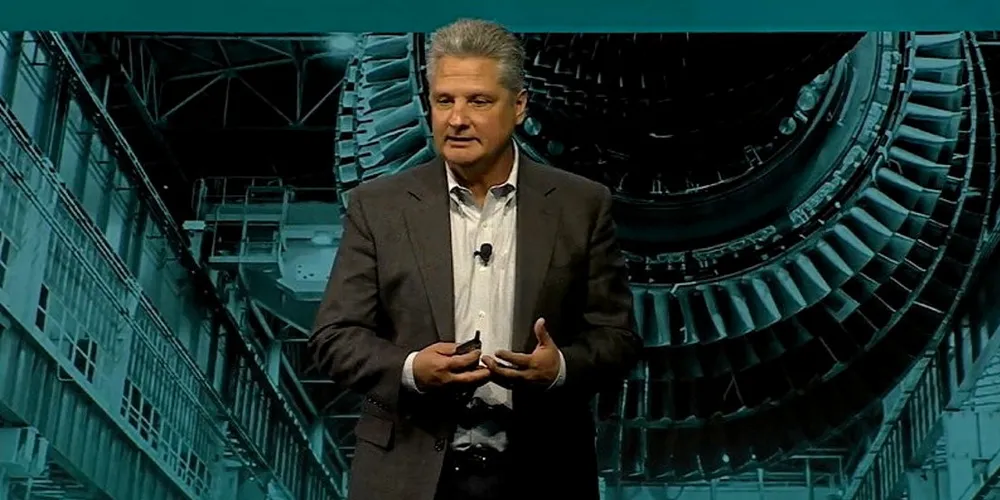GE onshore wind chief sees US market doubling as green law fuels 'exponential growth'
OEM aims to dominate domestic sector with 'workhorse' turbines, industry veteran Vic Abate tells Recharge

“With the US passing of the IRA, our view is that the market will double,” Abate said in an interview at the WindEurope conference in Copenhagen.
“If you look at the last ten years, the average installs for wind … in the next decade [2023-32] will double from the IRA. And that doesn’t [even] include hydrogen.”
“We’re seeing the activity pick up exponentially,” he said, adding that little more than a year ago, the company had about half of its 2022 volume fully committed with customer orders, while at the same time this year it has the entire 2023 volume “fully committed and sold”.
“Is it the certified nameplate, or is it the applied nameplate at the site,” he asked to give an example.
Customers are also dealing with doubts about how exactly local labour is defined in order to qualify for tax credits, as often components come from elsewhere in the world and are only assembled in the US.
“As nacelles get bigger, and they ship in pieces, what’s considered a finished product? So, there are those types of nuances,” Abate explained.
The CEO expects the US government to provide more clarity about much of that guidance around the end of the second quarter.
“It is less about rapid product introduction, and more about quality, more about reliability,” Abate said.
'Model T' wind turbine
“A workhorse product is a very competitive product on a cost corrective performance basis that you build at scale with fleets of tens of thousands of these,” he said, comparing GE’s bread-and-butter turbines to Ford’s Model T that introduced mass production in the automotive sector in the early decades of the last century.
“Just to give a perspective, that I think is exciting: in the last 20 years, the wind market went from 100TWh to roughly 1,900TWh. Over the next 20 years, to deliver on climate goals and the energy transition agenda, the wind industry has to go from 1,900TWh to over 13,000TWh.”
The 4MW and 6MW range will cater for at least 80% of projects in the US, he said, adding that the US market continues to (mostly) go for the lower end of that range – with the 4MW product representing an annual energy production (AEP) leader – and Europe for the upper end due to more land constrained projects.
Large customers in what GE calls its ‘gigawatt club’ of developers have indicated that they want to work with a more standard product, he said.
“They want to transact more strategically over longer periods of time, with core products that they know how to install, they know how to operate. They understand that their projects can go forward in a very predictable way.”
While GE doesn’t plan to announce higher nameplate ratings in the 8-10MW range on land “in the near term,” Abate added that the economics are different in offshore wind, which “is still trying to find its perfect turbine size”.